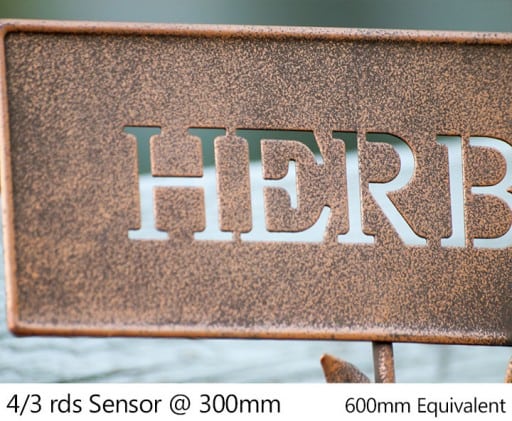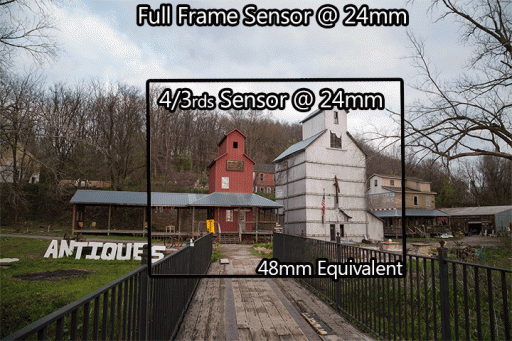The crop factor of your camera is an important aspect of photography to take heed to. You see, before I purchased a Full Frame camera I knew of the crop factor, I knew how it worked, I even felt I understood it well enough to discuss it. However, I had never really had the opportunity to really look at Crop Factor from an analytic point of view because I had never shot with a Full Frame camera .
The Crop Factor in your camera is the ratio of the size of your sensor to that of 35mm film. To obtain the crop factor of your sensor you would divide the diagonal a 35mm frame by the diagonal of your image sensor. The resulting number would be your crop factor.
You may be wondering, how the heck does this relate to me, my camera, and my gear?
Well that resulting crop factor acts as a multiplier to the focal length of your lens. The math has already been done for you by your camera manufacturer, so if you fear math there is no need to run! Search for the sensor type in your camera manual or do a Google search for the camera model that you own. You can use the chart below to reference your sensor with its crop factor.
|
Sensor Size |
Crop Factor Magnification |
|
Full Frame |
1.0x |
|
APS-H |
1.3x |
|
APS-C, Nikon |
1.5x |
|
APS-C, Canon |
1.6x |
|
Faveon |
1.7x |
|
4/3rds |
2.0x |
So now that you have your crop factor, multiply the focal length of the lens you are using by the crop factor of your sensor. For my Olympus gear, any lens I own should be multiplied by 2 to accurately depict the true focal length I am operating with. For instance, the 14-54 mm lens I commonly walked around with is actually a 28-108 mm lens when compared to 35mm or a Full Frame DSLR.
In the example below I took a picture of the exact same location, once with the Olympus E-30 a 4/3rds sensor with a crop factor of 2. I had a 14-54 mm lens attached zoomed in to 24 mm.
I took the second picture with the Canon EOS 6D a Full Frame sensor with a crop factor of 1.0 (no change from 35 mm). I had the 24-105 mm lens attached with zoomed in to 24 mm. Both cameras were set at 24 mm, but the crop factor on the Oly was a true 48mm focal length due to the crop factor.
You can see how a crop sensor is at a disadvantage on the wide angle side of the spectrum as you have to have a very low focal length to achieve a true wide angle shot.
However, on the telephoto side of the spectrum the crop factor works in your favor. A 70-300 mm lens on the Canon 6D is 70-300 mm. That same lens would be a 140-600 mm lens on the Oly! Check out the images below for another comparison example.


So now that your have an understanding of crop factor should you run out and buy a Full Frame camera? Not necessarily, you can still make great pictures with a crop sensor. I used my Olympus E-30 for nearly 4 years and made some great images. A crop factor should not be looked at negatively, it is just another aspect of digital photography to be aware of. .









